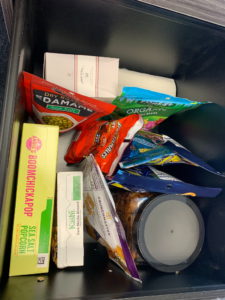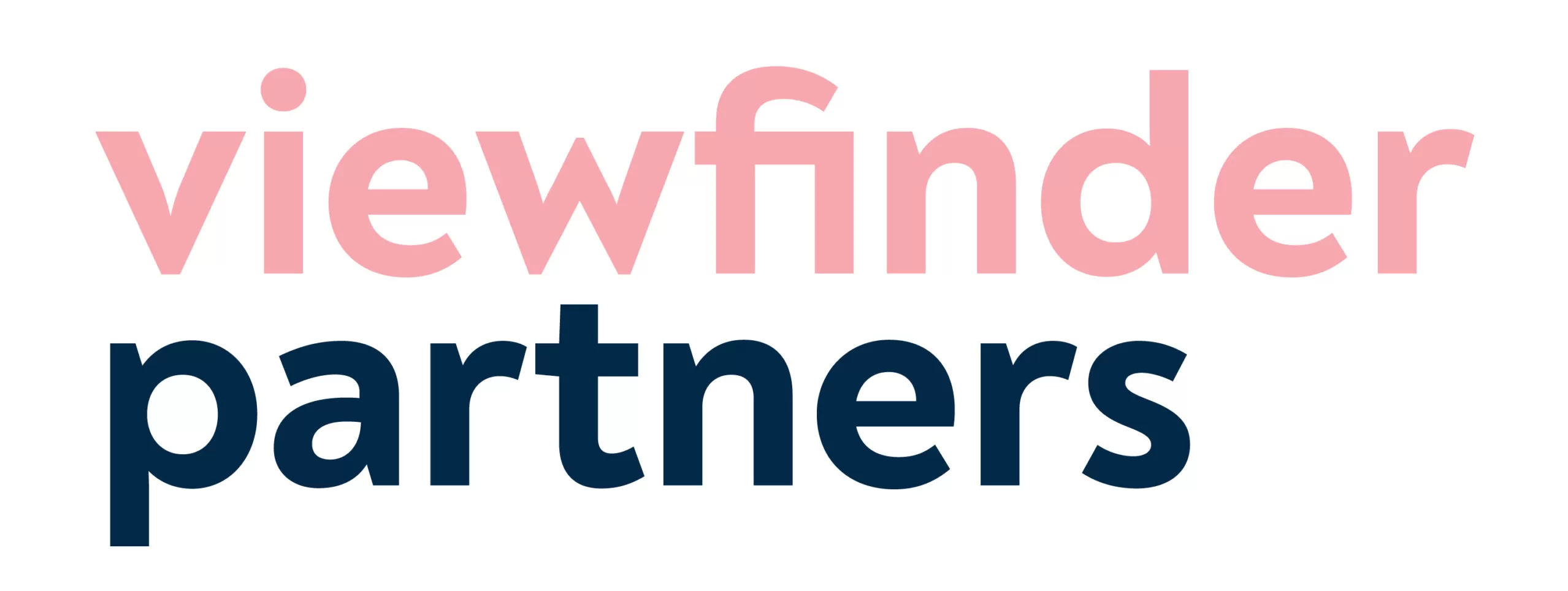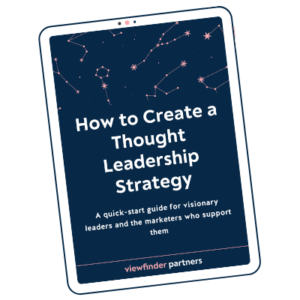This month, I’m focused on one big project. My March is all about ghostwriting a book with a long-time client.
It’s a big job. We have spent months (and years before that) gathering research and interviews for the book. We have more than enough material to work with. But now, my task is to gather, organize and refine all of that spaghetti of material into one 30,000 word book, with a clear story arc and examples that bring all of the ideas in the table of contents to life.
This is the second book I’ve ghostwritten in the last year. I know a lot of writers and ambitious entrepreneurs and freelancers. But when I say the word “book” (as in, “I’m writing a book”), I get a lot of big eyes and questions.
Two different approaches to ghostwriting a book
What I learned from ghostwriting my first book was that the writing process really isn’t much different than writing anything else. If you’ve written 5,000 words, you can write 30,000 words.
What’s most important is having the right material. I’ve approached that research process in two different ways.
Structured interviews with the author
Book #1 was a ghostwritten book with a financial leader. We did not have an existing working relationship, so I had to get to know her — and her ideas — quickly over the matter of a few months.
We spent two long days developing the premise for her book and organizing her ideas into a table of contents. Then, we started the interviews. Every Tuesday, I’d interview her for an hour. Week 1, we discussed the ideas in Chapter 1.
Then, I had the rest of the week to turn that structured interview (and my transcripts of the call) into an actual book chapter.
And the next Tuesday, we did it again. And again, and again.
After 3 months, we had a book.
That process was focused, intense, and allowed us to get a book out the door quickly from the time we met to the time the book was published. We iterated a bit along the way, but for the most part, the content of the book stayed true to her original plan.
Information gathering, followed by focused writing
This time, my book writing approach is much different. First, I’ve known the author for a lot longer. I know his subject matter, his voice, his quirks and preferences and stories. So I don’t have to do as much focused interviewing to learn his perspective and his speech patterns.
The other difference is driven by the style of book he’s writing. It’s also a business book written in the first person, but it draws on a huge trove of stories, conversations with other people, research, and past work. We have a mountain of material that we’ve been gathering since well before we wrote the first word.
So for this book, I focused my bookwriting time on a 3-month period. January and February were for research. We collected stories and conversations, sometimes with as many as four book interviews in a week.
March is for writing. I started with 5,000 words when March started — the introduction and core premise of the book that we’d already written in tandem. Now, every day in March, my goal is to write 1,000 words and slowly chip away at the mountain of material.
This approach is more like piecing together a puzzle than writing a book from scratch. In some ways, it’s harder. It feels like the entire project is going to be one long “messy middle” of moving things around, weaving and then re-weaving them together.
For now, I’m focused on writing 1,000 words a day, making the manuscript better every time I open it, keeping my office snack drawer (below) stocked…and praying that my Google Drive can handle the massive document I’m building.







